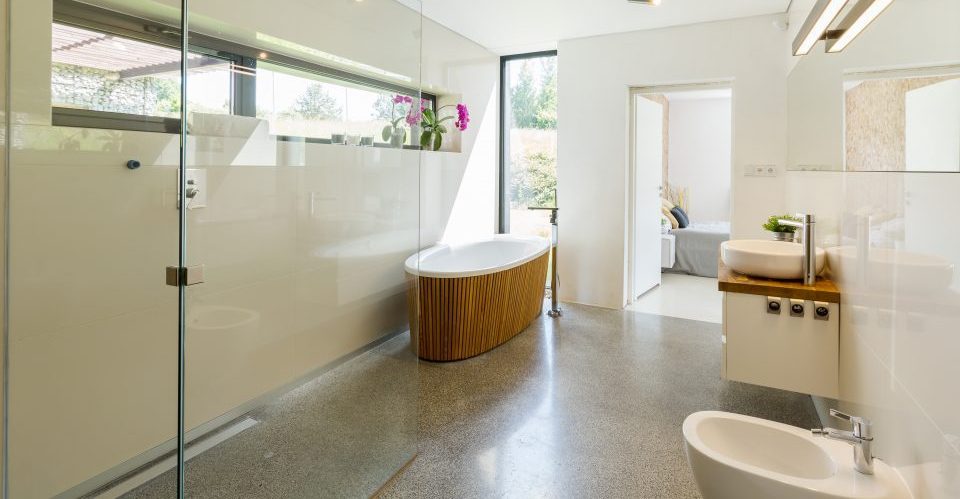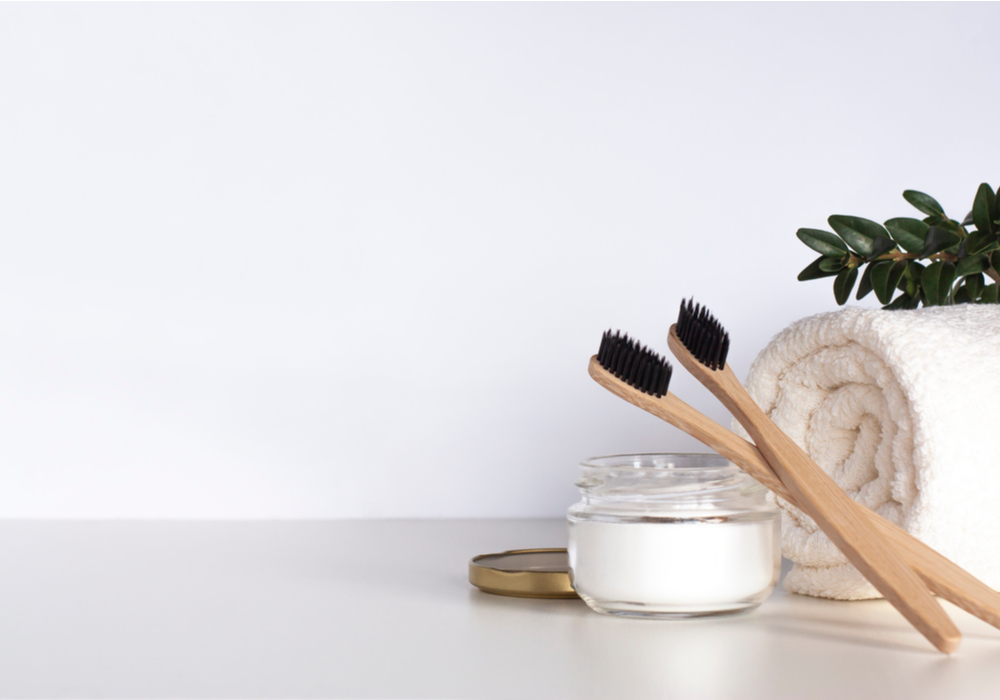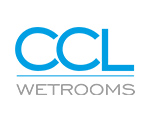
As the world’s eyes turn towards environmental issues more and more, many of us are trying to find ways to be responsible and create a more environmentally-friendly house. To achieve this, one of the rooms that needs the most attention is the bathroom.
With just a few minor changes, you can create an eco-friendly bathroom or wetroom in your home. From choosing greener products to limiting water usage, there are all kinds of ways you can create an environmentally responsible bathroom. Plus, rest assured that these methods don’t necessarily mean you have to go without the pleasures of your bath, shower and home comforts.
Here are 11 ways to transform your space into an eco-friendly bathroom:
1. Use natural, eco-friendly bathroom fixtures
When you’re looking to renovate your bathroom or wetroom, shop around for fixtures and fittings like cabinets, made from natural and organic materials. Natural materials are free from harmful, pollution-causing chemicals and will be more easily recycled when you update your bathroom in the future.
Countertops made from glass, wood or stone are not only produced using practices that are better for the environment, but they also give a luxurious look. Materials such as Acrylic or MDF are less environmentally friendly in comparison.
2. Get rid of the shower curtain
Vinyl shower curtain liners are bad for the planet. They are not recyclable and give off harmful fumes when burned. Non-PVC alternatives are available, but if you’re renovating your bathroom, consider a shower screen instead of a curtain.
Glass or Perspex shower screens last longer than curtains – they’re easier to clean, and they are much kinder to the environment. They will set you back a bit more financially, but their durability and stylish, clean appearance certainly makes them worthwhile.
3. Fix that flush
Toilets use approximately 27% of the water consumed in your home; more than any other appliances or plumbing, including the washing machine, dishwasher and shower. We’re not advising you not to use your flush, but to achieve an environmentally friendly house, consider opting for a more eco-friendly version.
Replacing your toilet with a low-flow model can drastically reduce the amount of water flushed away, saving on average 5,000 litres of water a year.
4. Don’t ignore leaks and drips
Annually, household leaks can waste approximately 900 billion gallons of water nationwide. To put this in perspective, that’s almost equal to the annual household water use of 11 million homes. In addition to costing homeowners thousands every year, water waste has a massive effect on the environment.
To help create an energy efficient bathroom, check all of your fixtures and connections regularly. If a problem arises, fix it, don’t ignore it! Most leaks are a quick fix that don’t even require calling out a plumber.
5. Turn off the tap
There’s no need to keep the tap running when you’re washing your hands or brushing your teeth. If you want a more eco-friendly bathroom or wetroom, simply turn the tap off. A sink tap uses 9 litres of water per minute; water that you are simply wasting when the tap is running. Turn it off until you need that water to rinse.
It’s also possible to install tap aerators, that mix water with air, to create a smooth and efficient flow of water. These release much less water when turned on, meaning you will inevitably save water and in so doing, help the environment.
6. Enjoy a shower
Swapping the bath for a shower is one of the easiest, and probably the biggest of changes you can make to have an energy efficient bathroom or wetroom. According to South Staffs Water, the average 5 minute shower uses around 45 litres of water. This is considerably less than the average 75 litres of water that’s used for a bath.
One handy device is a four-minute water timer. These are designed to cut the time you spend in the shower and could shave £15 off an annual metered water bill. These mechanisms not only help you save money, but also make it easier to ensure your bathroom is eco-friendly.
7. Fill your cupboard with recyclables
Because having an environmentally-friendly house has become a goal for so many people these days, recyclable and eco-friendly bathroom products are increasingly easy to get hold of. Natural bathroom products including shower gel, shampoos, conditioner, moisturiser, and toilet roll all do their part to help the planet.
Using eco-friendly ingredients and recyclable bottles, these products are ideal for creating a greener bathroom or wetroom. There’s a wide variety to choose from, from shampoo that comes in the form of a bar of soap to recycled bamboo toilet paper. Remember, natural products are also very healthy for your skin and body, so you’ll be looking after yourself as well as looking after the planet.
8. Clean green
In addition to natural toiletries, you can also make your bathroom eco-friendly by using greener cleaning products. Again, there is a huge range of environmentally-responsible cleaning products out there, many of which come in recyclable bottles and packaging.
You can also avoid some of the more damaging cleaning chemicals if you’re prepared to put in a little elbow grease and use natural ingredients. Read our guide to natural cleaning for your wetroom and bathroom for some easy methods to try.

9. Dry towels naturally
After a nice long soak, towels can be a hassle to dry. To be a little more eco-friendly, rather than tossing them in the tumble dryer let them dry naturally in a well-aired area. It may take more time, but it’ll help keep down your electricity bills as well as create a more energy efficient bathroom or wetroom.
10. Be mindful about heating water
Did you know that the average household uses around 330 litres of water per day? Not only this, but heating water for showers, washing-up, and baths accounts for more than 15% of expenditure on gas. All in all, keeping an eye on your water usage is a sure-fire way to have a more environmentally-friendly house. Only heat water when you need it and try to use it all up. Doing the washing up and then showering is a simple way to maximise your hot water usage.
If you have an old boiler, it’s well worth looking into more modern alternatives which may be more energy-efficient. Combi-boilers tend to be a lot more cost-effective than other options, especially immersion heating. Using a thermostat can also help you to save money and energy.
11. Include eco-friendly bathroom parts in the design
When building a new, or renovating an old bathroom, particularly if you will have a wetroom or walk in shower, be sure to install Tilesure waterproofing and decoupling membrane. This is suitable for timber and solid floors, and guarantees no leaking onto floorboards and beyond.
Another superb addition to create an environmentally-friendly house is underfloor heating. This is known to be a more eco-friendly way of heating any room in comparison to radiators and storage heaters. It’s especially suitable in bathrooms and wetrooms, which need to dry out after use. Learn about the benefits of underfloor heating.
Protecting the planet is everyone’s responsibility. A few small changes are all it takes to do your bit, from remembering your reusable bags at the supermarket, to finding ways to maintain an energy efficient bathroom or wetroom. Explore our gallery for wetroom design inspiration.









